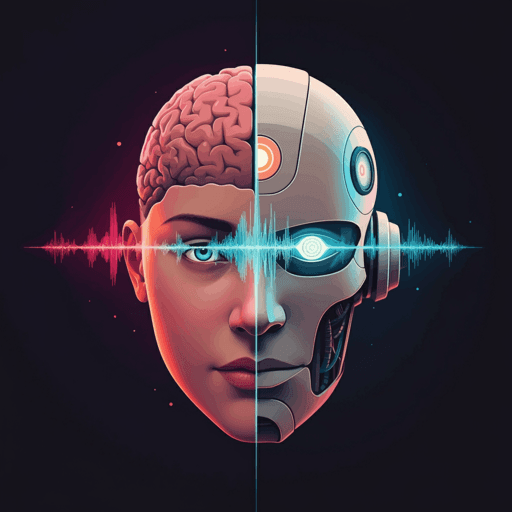
Computer Science
On Multimodal Emotion Recognition for Human-Chatbot Interaction in the Wild
N. Kovačević, M. Gross, et al.
A study conducted by Nikola Kovačević, Markus Gross, Christian Holz, and Rafael Wampfler collected multimodal text, audio, and video from 99 participants interacting with a GPT-3 chatbot over three weeks, uncovering a strong domain gap between human-human and human-chatbot emotion signals and showing personalization can boost recognition by up to 38–41%.
~3 min • Beginner • English
Related Publications
Explore these studies to deepen your understanding of the subject.







